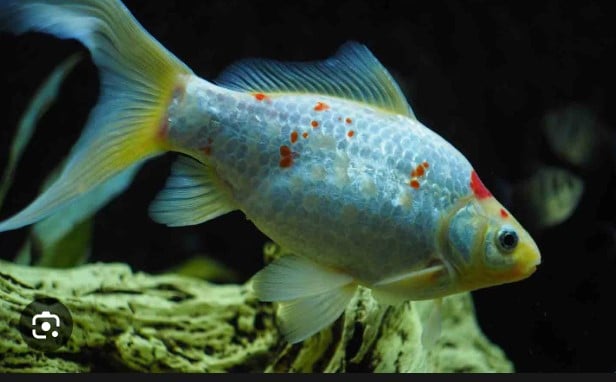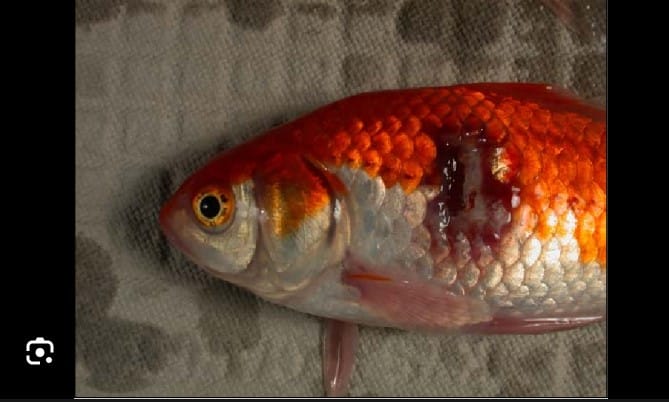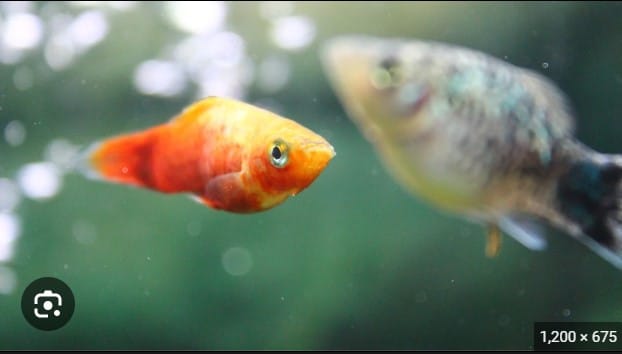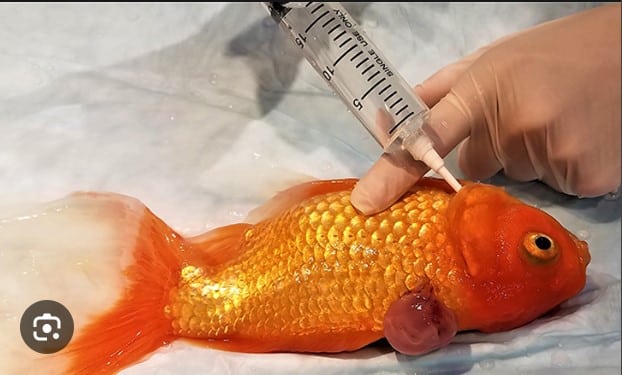Just like human beings, aquatic lives can get illnesses too. Yes, even in water, they can come in contact with certain diseases that can be harmful to them. This post highlights the Common Fish Diseases and Treatments that we have. We laid emphasis on some popular diseases like Bacterial Infection and Constipation. As well as diseases like Haemorrhagic Septicaemia and Anchor Worms.
Aquarium owners are familiar with various infections that can harm their fish, such as bacteria, parasites, and fungi. Despite what some may think, fish are very sensitive creatures, and even small changes in their environment can lead to stress and sickness. Luckily, many diseases can be easily identified and treated. But it’s important to notice the signs early on for a better chance of recovery.
See also: Best Cat Toys based on your Cat’s Personality

Steps to Consider to prevent Disease in your Tank
If you want to prevent illnesses and ensure that your fish don’t end up with diseases, there are certain measures you can take. Some of them include;
- If you have a big aquarium, consider getting a small fish tank as a hospital tank. It’s easier and cheaper to treat a single fish in a hospital tank than treating the whole aquarium.
- During treatment, remove any activated carbon because it can absorb the medication and make it ineffective.
- Most fish illnesses are caused by stress, often due to poor water quality. Using a good aquarium filter to keep the water conditions optimal can lower the risk of disease. Regular water changes also help.
- Adding freshwater aquarium salt can aid in the recovery of sick fish. The electrolytes promote good health, heal wounds, and reduce stress.
- Additionally, regularly using a multivitamin treatment can boost your fish’s immunity, preventing diseases and aiding recovery from infections.
See also: Top 10 Cute and Functional Puppy Collars
Common Fish Diseases and Treatments
We will now take a look at some of the most common diseases that affect aquatic life. In addition, we will be stating their symptoms as well as possible treatments. Some of the most Common Fish Diseases and Treatments are;
Anchor Worms
Anchor worms may sound like worms, but they’re actually big parasitic crustaceans from the Lernaea family that can live on your fish. Pond fish are often affected by these creatures. They latch onto your fish’s skin and bury their heads into the muscles. While there, they lay eggs before eventually dying, causing damage that can lead to infections.
Symptoms
If your fish has Anchor worms, you might notice red and swollen scales. If you look closely, you might see the parasites’ bodies sticking out of your fish, resembling whitish-green threads. Your fish might also rub its body against tank surfaces. Other signs include sluggishness, frayed fins, and increased mucus production.
Treatment
For bigger fish, you can usually remove anchor worms by gently pulling on them. After that, put antibiotic ointment on their scales. Clean the entire tank to get rid of any eggs, larvae, or parasites. For small aquarium fish, you can use Hiraki USA Cyropro without harming your biological filtration.

Bacterial Infection
Your fish can catch a bacterial infection, especially after it gets hurt. A typical bacteria that can affect your fish is called Aeromonas salmonicida.
Symptoms
If your fish has a bacterial infection, you might notice these common signs:
- Red spots on the body
- Sores on the gills
- Eyes looking bigger than usual
- Swollen belly
Other signs include fast gill movement, changes in color, and sores on the skin.
Treatment
If your fish has a bacterial infection, the vet might give antibiotics specific to the bacteria. You can also buy medications online or at a local aquarium store. A common recommendation from fish vets is API’s Furan-2 or Triple Sulfa. These meds go into the water. Often, the fish will be moved to a separate tank during treatment. Before returning to the main tank, the tank issues must be fixed, and it should be cleaned.
See also: Best Cat Grooming Accessories
Constipation
If your fish can’t poop, it can get constipated thus making them really sick.
Symptoms
If your fish is constipated, you might see a swollen belly. Constipation can lead to swim bladder disease, which shows up as problems with floating. Other signs include not wanting to eat and also being bloated.
Treatment
A simple way to help a constipated fish is to give them more fiber in their food and deworm them. Another method is to add Epsom salt to the tank. Putting 1 to 3 teaspoons for every 5 gallons of water can help. The Epsom salt works like a muscle relaxant, thus, making it easier for them to poop.
Haemorrhagic Septicaemia
Haemorrhagic Septicaemia is a disease that enters aquariums through infected fish.
Symptoms:
There can be various symptoms, also some fish may not show any.
- Eyes, skin, and gills may have a bruised red color.
- Open sores may appear.
- Eyes may bulge.
- The abdomen may swell.
- Fish might display unusual behavior.
- Hemorrhaging (bleeding) in internal organs and skin.
Treatment:
Using a multipurpose antibiotic may also help reduce the chances of death. However, unfortunately, there is no known cure for Haemorrhagic Septicaemia.
See also: How the Air Tag Dog Collar Works

Flukes
Flukes are tiny parasites that can affect your fish, often targeting their gills. The most common types are Dactylogyrus and Gyrodactylus, which can affect the body or gills. These parasites usually enter your aquarium through infected fish.
Symptoms
Flukes attach to your fish’s gills and skin, causing damage and possibly leading to bacterial infections. Other signs include changes in the slime coat and damage to the gills.
Treatment
Praziquantel is the most effective treatment for flukes. After treating, you can use antibiotics to treat any wounds they left on your fish.
Clamped Fins
This condition occurs when a fish holds its fins close to its body, often due to incorrect water conditions or external parasites.
Symptoms
Fish with clamped fins may appear lethargic, keeping their fins close to their body even while swimming. Clamped fins can be accompanied by white patches and spinal deformities.
Treatment
Check your water conditions if your fish has clamped fins. Look for external parasites, and if found, manually remove them.
See also: Top 8 Indestructible Dog Toys for Chewers

Velvet
Velvet disease in fish can be extremely harmful to your entire tank, potentially wiping out all the fish.
Symptoms
Fish with velvet will scratch their bodies against tank surfaces to get rid of parasites. They may also show signs like:
- Lethargy
- Fast breathing
- Refusing to eat and losing weight
- Holding fins close to the body
- Labored or rapid breathing
- Yellow to rust-colored dust on the body
- Peeling skin in severe cases
- Cloudy eyes
Treatment
If your fish has velvet, you can take a few steps to help them:
- Slightly increase the water temperature
- Dim the aquarium lights for a few days
- The preferred treatment for velvet is copper sulfate for 10 days, using brands like Copper Power or SeaChem Cupramine.
- Do not use copper sulfate in the display tank; move the sick fish to a quarantine tank!
Preventing velvet includes quarantining new fish, providing a proper diet, and maintaining good water quality. If you’re looking for information on the saltwater version, check out Mark’s article on Marine Velvet.
Conclusion
If your fish has one or more of the diseases listed above, no need to panic. You can simply follow the highlighted treatment and get your fish well in no time. We have exhaustively talked about the Common Fish Diseases and Treatments. Leave a comment below if this helps.
See also: https://www.aquariumcoop.com/blogs/aquarium/how-to-treat-sick-aquarium-fish

